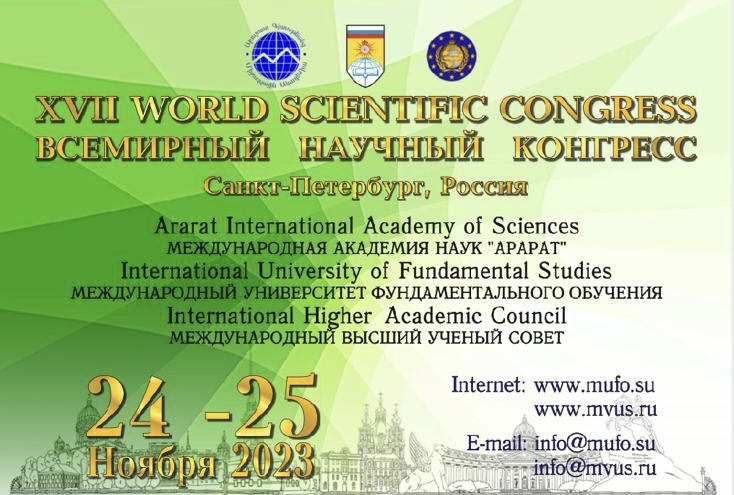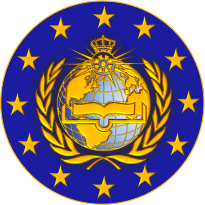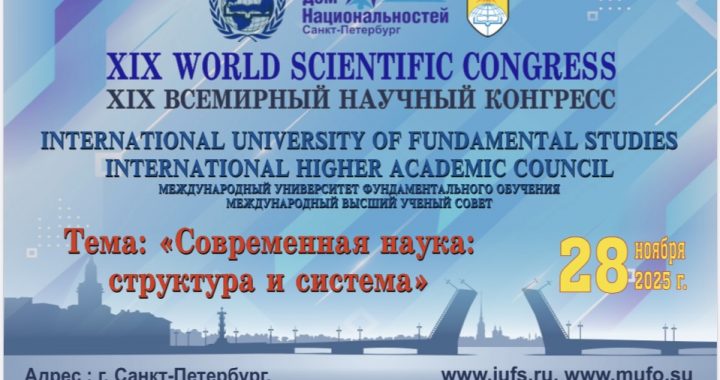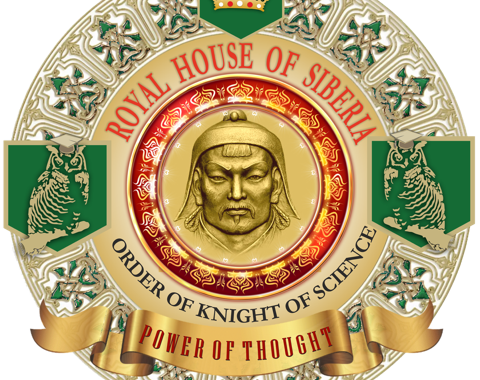PRESS RELEASE : SCIENCE FOR PEACE -XVII WORLD SCIENTIFIC CONGRESS
4 min read
Theme: “Modern science: discoveries and pseudo-discoveries”
Organisers:
International Academy of Sciences Ararat (IASA) – France, International University of Fundamental Studies (IUFS), Inter-University Higher Academic Council (IUHAC)
XVII World Scientific Congress will be devoted to one of the most difficult problems of development of modern civilisation – under the guise of new scientific directions pseudoscientific (pseudoscientific, parascientific) knowledge.
In the cultural space of the XXI century, the task of distinguishing between science and pseudoscience (pseudo-science), between genuine discoveries and pseudo-discoveries has become an urgent one. In the eyes of society, science is the most important force with the help of which various social tasks are solved. However, the relationship between society and science is far from idyllic, and the existence of opposing assessments of science is not an accidental fact, but an expression of the contradictory nature of modern culture. The authority and complexity of science, strange as it may seem, has proved to be a breeding ground for the spread of all sorts of pseudoscientific “theories”. Parasitising on the authority of real science, modern pseudoscience tries in every possible way to look like it.
Science is a field of activity, the main purpose of which is the study and systematisation of knowledge about man and the world. It is based on objective facts and the scientific method of cognition. Discoveries and experiments in science must necessarily fulfil the criterion of verifiability and repeatability.
Verifiability means that different knowledgeable and independent observers can agree that a particular representation is a true representation.
Repeatability means that different independent experimenters can reproduce a particular experiment and obtain the same result claimed by the author of the discovery.
In contrast to science, pseudoscience is a doctrine that is presented by its followers as scientific but is not.
Examples of false discoveries:
Fleischmann-Pons nuclear fusion. Nuclear fusion is a reaction that naturally occurs inside the Sun and other stars. The reason it is not possible on Earth (in nature) is precisely because of the high temperature. Stanley Pons and Martin Fleischmann announced a successful nuclear fusion reaction at room temperature. Pretty soon, other experiments were performed, virtually disproving any notion of nuclear fusion at room temperature. And their theory failed.
The light-bearing ether. Most people believed that there was a light-bearing ether that allowed light to pass through itself. Many scientists came up with various equations to prove the aether theory, and some even tried to find proof through experiments. One of the most famous examples of proving the existence of the aether is the work of Albert Michelson and Edward Morley. They worked together to create a device called an interferometer. The scientists were confident that their creation would prove the existence of the aether. However, the theory and the results of the experiments were completely false.
Einstein’s static universe. After completing the theory of relativity, Einstein worked on applying the principles of gravity to the universe. he had to come up with a constant that would be applicable to a finite universe. The result was the cosmological constant. The cosmological constant was one way of balancing the gravitational effect. However, pretty soon Einstein had to abandon the idea of a static universe, and with it the cosmological constant in the field equations.
The theory of the spontaneous origin of life lasted more than a thousand years before it was disproved. The first mention of the idea of spontaneous generation goes back to Aristotle and his assertion that life can arise from nothing as long as there is vital heat in inanimate material.
Urine therapy. A pseudoscientific method of treatment, an alternative therapy] involving the use of urine as a therapeutic agent. There is no scientific evidence for the health benefits of urine therapy.In some cases, urine therapy is dangerous to human health and life.
Mesmerism.The teachings and method of treatment of the German physician and astrologer of the Age of Enlightenment, Franz Mesmer. The author based them on the concept that the universe and organisms are imbued with a certain fluid, later called “animal magnetism”.
The Commission on Combating Pseudoscience and Falsification of Scientific Research was established back in 1998. It was initiated by Vitaly Ginzburg, a Soviet and Russian theoretical physicist, doctor of physical and mathematical sciences, and winner of the 2003 Nobel Prize in Physics. Currently, the Commission consists of about 60 scientists working on a voluntary basis. The main focus of its activities is the expertise of theories and developments applying for funding from the state budget. The RAS memorandum on the pseudoscience of homeopathy became the second such document of this organisation. Issued in May 2016, Memorandum No. 1, which referred to the pseudoscientific status of commercial testing based on skin patterns of the fingers of hands (dermatoglyphic testing), caused a powerful reaction.
The organisers of the XVII World Scientific Congress invite you to discuss these interesting and important topics.
Applications for participation in the Congress can be sent to:
info@mufo.su, info@iuhac.fr.
You will then be sent a Congress registration form.
Topics of papers should be sent to: info@mufo.su , info@iuhac.fr, info@mvus.ru


